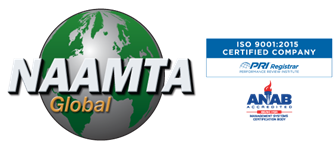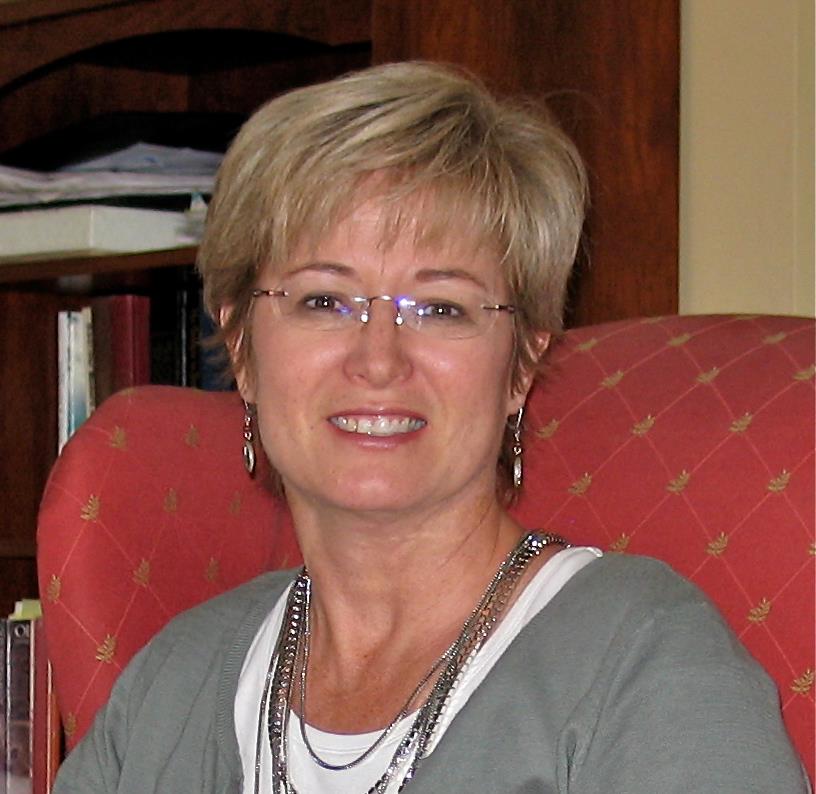| Thursday April 14, 2016 at 8:52AM | |||||||||
|
The Critical Care Transport Medicine Conference was held this week in Charlotte, NC. Physicians, nurses, paramedics, respiratory therapists, and allied health professionals gathered to explore evidence based best practice in the essentials of care during ground and air transport of the critically ill and injured. Kudos to AMPA, ASTNA, and IAFCCP for a phenomenal conference! Here’s a list of important learning points that I came away with:
One of the great things about NAAMTA is our focus on continual improvement. In every individual and every program, there is room to learn, and grow, and improve the practice of transport medicine. When the focus is on daily attention to detail and improvement, then critical thinking, individual performance, and team success improve. Keep up the good work!
|
|||||||||
|
|||||||||
Clinical Operations Forum
Blog Owner
Blog Top Tags
There are no items to show you
Post Archives
Blogroll
| Adam Orgill's Blogs | |
|
|
| Adam Orgill's Favorite Blogs | |
| [none] |








 Toolbox
Toolbox
